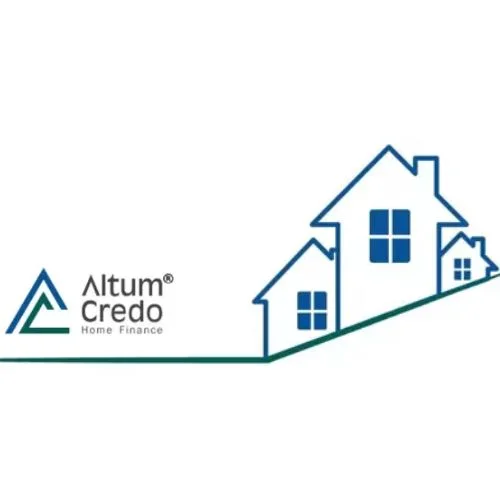Every entrepreneur hopes to start an economic company, but not all generalities are cut out for success. A pivotal step in deciding whether your business idea has the implicit to thrive is validating it. Before investing time, trouble, and coffers in a design that might not be successful, duly probe, test, and dissect your conception. In this thorough companion, we’ll go over the step-by-step procedure for validating your company idea to give you a stylish chance of success.
1. Determine your target followership
Chancing your target request is the first step in proving the viability of your business idea. This entails having a thorough understanding of your target request, their requirements, and how your product or service can meet those requirements. suppose the following inquiries
* Who could be your unborn guests?
* What are their characteristics, pursuits, and tastes?
* What issues or conditions do they have?
* What conditions can your product or service match?
2. Carry out request analysis
Once you’ve determined your target request, do an expansive request exploration to learn further about the sector and the competition. This may correspond of
* examining request trends and protrusions
* studying rivals’ products and services
* locating request openings and gaps
* collecting information on consumer preferences and geste
* To gather this information, you can use tools like Google Trends, assiduity publications, and pates. The flashback that your end is to ascertain whether there’s a request for your good or service.
3. Consider your special value proposition
Your product or service’s unique value proposition( UVP) is what makes it stand out from rival immolations. guests should pick your product over contending bones
because of it. To gauge your UVP, take into account
* What special rates or advantages does your product or service offer?
* What distinguishes it from the products offered by rivals?
* Can you outperform contending options in terms of client service or result in quality?
4. Develop a minimally feasible product( MVP)
A minimal feasible product( MVP) is a condensed interpretation of your product or service with sufficient features to attract early druggies. An MVP’s main thing is to
* dissect the eventuality of your company idea.
* gain opinions from factual druggies
* Determine what needs to be changed or meliorated.
* produce an MVP and show it to a select set of prospective guests. Use their suggestions to decide whether your company idea has validity or whether you need to make changes before continuing.
5. Complete checks and consumer interviews
Use checks and interviews to interact with implicit consumers to learn further about their wants, preferences, and trouble points. use this knowledge to ameliorate your business conception and make sure it addresses the challenges that your target request actually faces. Ask open- concluded questions to evoke foursquare responses, like
* What difficulties do you encounter in( this field)?
* How do you deal with these problems at the moment?
* What rates or advantages would you want to see in a good or service that deals with these problems?
6. Examine the business’s feasibility
Relating whether your business idea can make a profit is a critical element of validating it. Estimate the possible profit after figuring out the costs of manufacturing, marketing, and furnishing your good or service. Consider rudiments like
* incipiency charges
* ongoing costs for operations
* request size and the prospective clientele
* Pricing programs and income sources
* Profit perimeters and the break-even point
7. Request input from preceptors and business leaders
Consult with seasoned businesspeople, instructors, and professionals in the field to acquire fresh views and understanding of your business idea. They can help you find chances and implicit hazards you may not have allowed
of as well as offer perceptive recommendations.
8. Examine your marketing tactics and channels
Test several marketing tactics to discover which bones
engage and pique the attention of your target request before committing entirely to your business idea. That may
* using blogs, papers, and social media to announce content
* Paid advertising on websites like Facebook and Google Advertisements
* juggernauts for dispatch marketing
* Influencer collaborations and hookups
* You can find stylish strategies for reaching your target request and structuring interest in your product or service by experimenting with colorful marketing strategies.
9. Make use of technologies for validating business ideas
Using online coffers and tools to help you validate your business idea. Idea Validator, a product of Nagada Paisa, is one similar tool.
This platform offers a thorough confirmation process that includes request exploration, competition analysis, and an evaluation of fiscal sustainability. By using similar tools, you may speed up the confirmation process and learn further about the viability of your offer.
10. Be ready to change course or reiterate
Though it will not insure success, validating a business idea might greatly increase your prospects. Be ready to change your mind or reiterate your idea as necessary as you admit feedback and learn further about your target followership. To meet request demands and the client wants, this may number modifying the features, target request, or marketing ways.
Conclusion
Any business proprietor who wants to start a successful establishment must first validate their idea. You can ameliorate your chances of success and reduce the pitfalls involved with starting a new business by clinging to the way handed in this primer. Keep in mind that the confirmation process is ongoing, and it’s essential to continue to be flexible and sensitive to changes in the request and customer input. You will be well on your way to developing your business idea into a successful company by remaining committed to your target request, continuously perfecting your distinctive value offer, and being ready to make adaptations as necessary.















